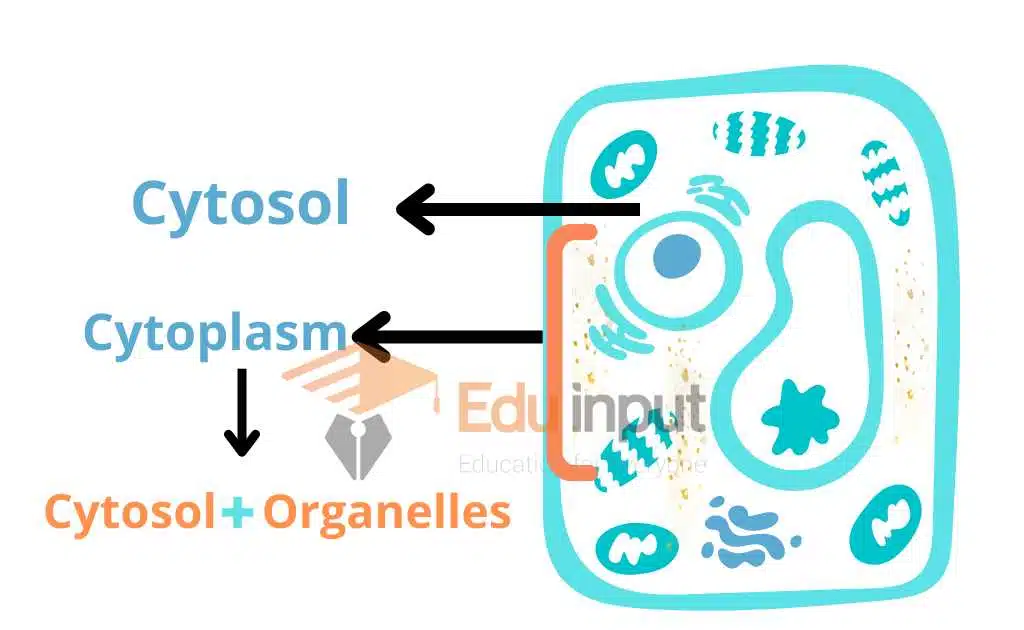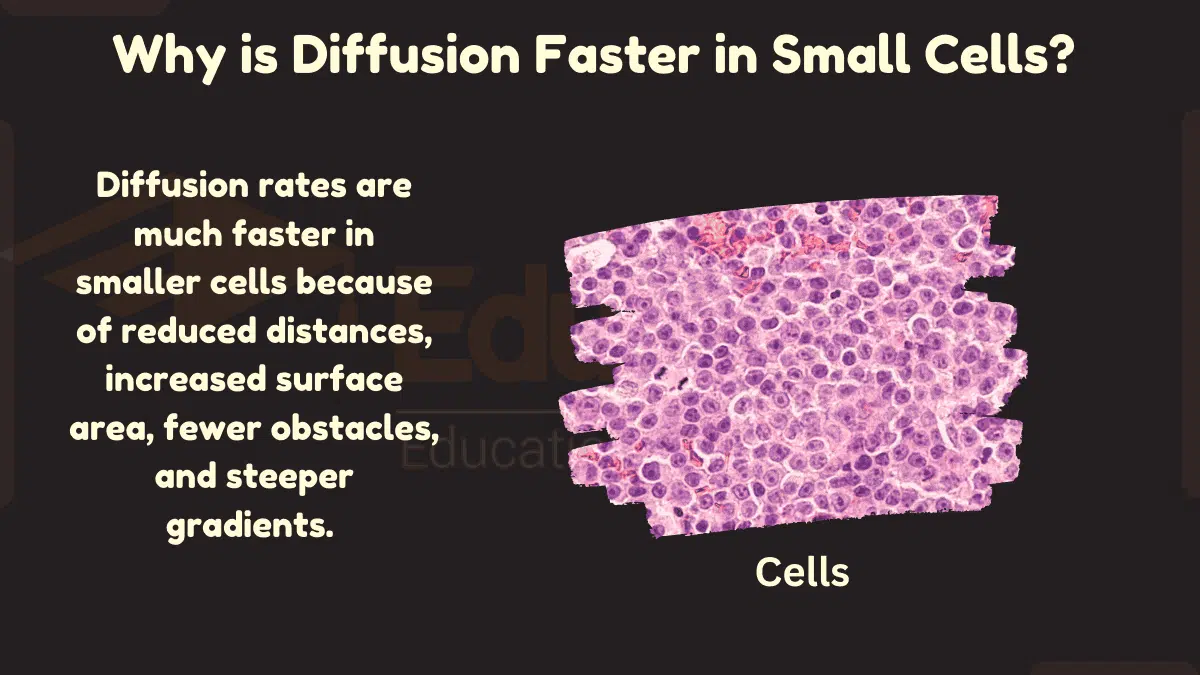Introduction To Animal Cells-Types and Composition
Animal cells are typical of the eukaryotic cell, enclosed by a plasma membrane and containing a membrane-bound nucleus and organelles. Unlike the eukaryotic cells of plants and fungi, animal cells do not have a cell wall.
Types Of Cells
There are two types of animal cells,
- Prokaryotic Cell
- Eukaryotic Cell
Prokaryotes are the simplest form of cells, but they are also the most dominant. They don’t have a nucleus or any kind of membrane-bound organelles.
Structure Of Animal Cell
An animal cell is larger in size than plant cell.

It consists of the following organelles;
Cytoplasm
The cytoplasm is a semi-liquid matter, present inside the cell membrane. It consists of cytosol and cell organelles. It provides a site for any cellular reactions.
Centrioles
Centrioles are self-replicating organelles made up of nine bundles of microtubules and are found only in animal cells.
In addition to their role in mitosis, centrioles are required for the formation of cilia and flagella and for establishing spindle pole bodies during asymmetric cell divisions. Centriole assembly is tightly regulated through centriolar precursor amplification, a process that involves the generation of new centrioles from existing centrioles.
Cilia and Flagella
For single-celled eukaryotes, cilia and flagella are essential for the locomotion of individual organisms.
Cilia and flagella also serve as sensory organs that detect external stimuli. The ciliated epithelium of the respiratory tract is a major organ responsible for the clearance of inhaled pathogens and the maintenance of pulmonary homeostasis.
Endoplasmic Reticulum
The endoplasmic reticulum is a network of sacs that manufactures, processes, and transports chemical compounds for use inside and outside of the cell.
The ER is responsible for synthesizing, processing, and transporting proteins as well as lipid molecules. In addition, the ER is a site where calcium and other ions are stored. The ER also is involved in calcium regulation, the production of steroid hormones, and vitamin storage.
The endoplasmic reticulum (ER) is a complex network of sacs that synthesizes, processes, and transports chemical compounds for use inside and outside of the cell. The ER is responsible for synthesizing, processing, and transporting proteins as well as lipid molecules.
Endosomes
Endosomes are membrane-bound vesicles, formed via a complex family of processes collectively known as endocytosis, and found in the cytoplasm of virtually every animal cell.
Endosomes are involved in the transport of molecules between cells and are essential to the regulation of cellular metabolism, growth, differentiation, and death. Endosomes also function as signaling platforms and contain multiple receptors that mediate cell-cell communication.
In response to extracellular stimuli, endosomes undergo dramatic morphological changes, including tubulation, fission, and budding, to form specialized domains such as the early or late endosome.
Golgi Apparatus
The Golgi apparatus is the distribution and shipping department for the cell’s chemical products.
It is also the site of the synthesis and processing of glycoproteins. Glycoproteins are important macromolecules in living cells because they participate in almost every aspect of cellular function.
The Golgi apparatus is the major site of glycosylation, and the glycans it synthesizes are attached to specific proteins or lipids. The glycosylation process is highly complex. It requires many enzymes that have different activities and subcellular locations.
Lysosomes
These microscopic bodies are involved in the digestion process. They break down cellular waste products and other debris and turn them into substances that can be used to make new cells.
Mitochondria
The Mitochondria are in the cell’s cytoplasm. They are the main power generators in animal cell.
Nucleus
The nucleus is a highly specialized organelle that serves as the information processing and administrative center of the cell.
The nuclear envelope (NE) that surrounds the nucleus provides the physical barrier that segregates the nucleus from other cellular compartments. The NE contains two main layers, the inner membrane complex (IMC) and the outer membrane complex (OMC).
Both of these components are associated with multiple proteins. In the IMC, the nuclear lamina is a dynamic meshwork of intermediate filaments that forms a continuous sheet between the inner and outer nuclear membranes. It consists of three main proteins:
Peroxisomes
Peroxisomes are organelles that are present in the cytoplasm. Their shape is roughly spherical.
Plasma Membrane
All living cells have a plasma membrane that encloses the cytoplasm and other organelles. In prokaryotic cells, the membrane is surrounded by a rigid cell wall.
Eukaryotic cells evolved from unicellular organisms that lost their walls. They have a single membrane, which surrounds the cytoplasm and separates it from the extracellular environment. The membrane surrounding eukaryotic cells is the plasma membrane, which is also referred to as the cellular envelope, cytoplasmic membrane, or outer cell membrane.
Ribosomes
All living cells contain ribosomes, tiny organelles composed of approximately 60 percent RNA and 40 percent protein.
Ribosomes translate the information stored in DNA into protein, an essential process that takes place throughout a cell’s life. The translation of mRNA is accomplished by large molecular machines called ribosomes.
These ribosomes are assembled from about 80 small RNAs (rRNA) and some proteins (rProteins). Ribosomes are essential for all forms of life. They are involved in all the processes that make living cells alive, including respiration, photosynthesis, and the synthesis of proteins, fats, and carbohydrates.
Difference Between Animal And Plant Cell
Plant cells are eukaryotic cells, meaning they contain a nucleus surrounded by organelles. Animal cells are prokaryotic cells, meaning their nuclei lack surrounding membranes.
Animal cells are typically larger than plant cells because they contain more organelles. Plant cells also tend to be smaller than animal cells because they don’t contain as much cytoplasm
or cell wall. Plant cells are capable of photosynthesis, which is the process that allows plant cells to use sunlight to make food for themselves. Animal cells cannot do this and instead must eat other organisms to get the food they need to survive.
Plant cells have a cell wall that protects them from being eaten. The cell wall is made of cellulose fibers that are bonded together by lignin and other molecules. Animal cells do not have a cell wall. Plant cells have a cell membrane that surrounds the cell wall.







Leave a Reply